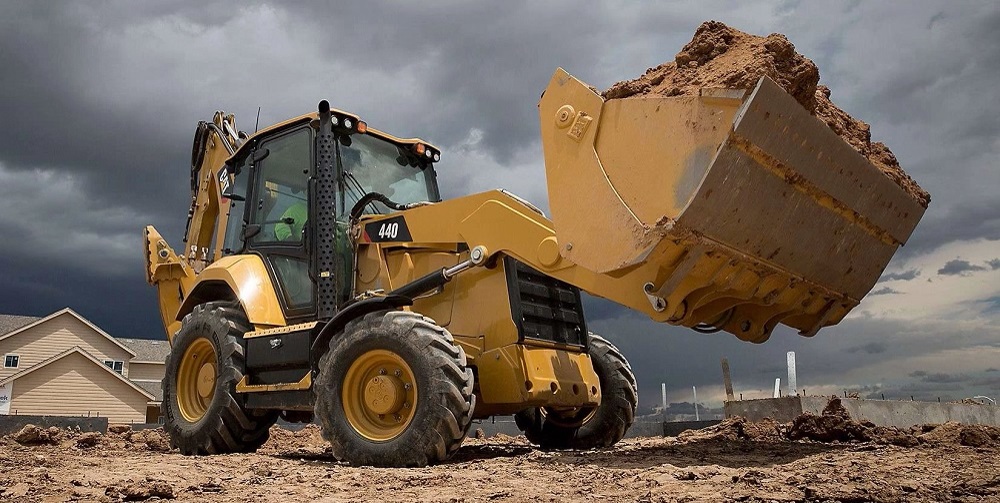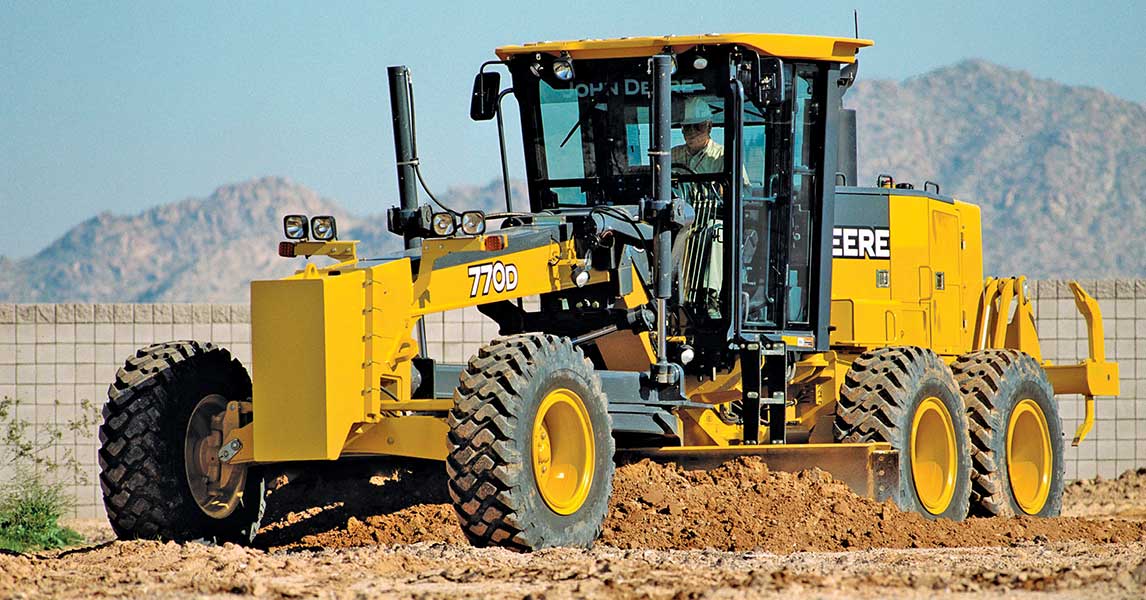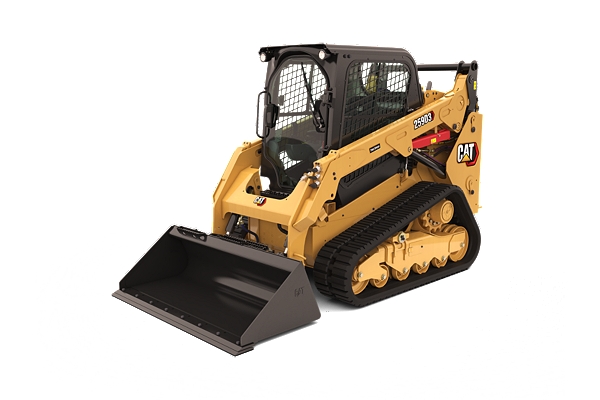Mini Excavator Rental: Compact and Powerful Equipment
Wiki Article
Renting Out Vs. Acquiring Building And Construction Devices: Making the Right Selection for Your Project
When embarking on a building and construction job, one of the vital decisions that forecast managers and stakeholders face is whether to lease or acquire building and construction tools. The choice pivots on different elements such as expense considerations, task duration, equipment upkeep, scalability, threat, and flexibility administration.Cost Considerations
Renting out equipment often calls for reduced preliminary repayments compared to purchasing, making it an appealing choice for temporary projects or contractors with budget plan restraints. In the long run, continuously leasing equipment can accumulate greater expenses than buying, particularly for extended tasks.On the various other hand, acquiring building devices entails greater in advance prices yet can result in lasting cost savings, particularly for constant customers or lasting tasks. Inevitably, the decision between getting and renting out building and construction devices hinges on the task's period, frequency of use, budget plan factors to consider, and lasting monetary goals.
Task Period

On the other hand, for long-term jobs or recurring building and construction job, purchasing tools could be the more economical choice. Getting equipment can bring about set you back savings in the long run, particularly if the tools will be regularly made use of. Moreover, having equipment supplies a sense of control over its schedule and permits customization to fit certain task needs.

Equipment Upkeep
Offered the important duty task duration plays in establishing the most cost-effective approach in between leasing and buying building equipment, the focus currently moves towards examining the essential element of equipment upkeep. On the other hand, possessing tools needs an aggressive technique to maintenance to stop break downs, ensure safety and security, and prolong the equipment's life expectancy. Eventually, a well-maintained building tools fleet, whether leased or owned, is crucial for the effective and successful completion of building tasks.Flexibility and Scalability
In the world of construction devices management, the facet of adaptability and scalability holds significant value for job effectiveness and resource application. Deciding to rent building and construction tools supplies a high level of flexibility as it permits for the quick change of equipment types and amounts based on the progressing needs of a task.Renting construction devices uses the benefit of quickly scaling procedures up or down as project demands rise and fall. Professionals can swiftly add or trade tools to match the job's transforming needs without the restrictions of having assets that might come to be underutilized or outdated.
Risk Monitoring
Effective risk monitoring in construction equipment operations is extremely important to making certain job success and mitigating equipment rental company potential economic losses. Building projects naturally entail numerous threats, such as tools malfunctions, crashes, and task hold-ups, which can significantly influence the job timeline and budget plan. By carefully thinking about the threats linked with owning or leasing building tools, task supervisors can make enlightened decisions to lessen these prospective dangers.Leasing building equipment can use a degree of danger mitigation by moving the obligation of repair and maintenance to the rental business. This can minimize the economic burden on the job proprietor in instance of unexpected tools failures (equipment rental company). Furthermore, renting supplies the adaptability to gain access to customized tools for details job stages, reducing the threat of having underutilized machinery
On the various other hand, owning building and construction devices provides a sense of control over its usage and upkeep. However, this additionally means birthing the full duty for fixings, upkeep prices, and devaluation, enhancing the monetary risks related to equipment possession. Mindful threat assessment and consideration of elements such as task duration, devices use, and upkeep requirements are important in figuring out the most ideal choice for efficient threat management in construction tasks.
Verdict
Finally, when deciding between renting and acquiring building and construction tools, it is essential to take into consideration cost, task period, devices upkeep, risk, scalability, and versatility administration. Each variable plays an important role in figuring out one of the most suitable alternative for the project handy. By thoroughly reviewing these aspects, job managers can make an educated decision that straightens with their budget, timeline, and general task goals.
Report this wiki page